The Maharashtra government has unveiled a new draft housing policy aimed at addressing the acute housing shortage in the state. This policy focuses on providing affordable housing for the economically weaker sections (EWS), lower-income groups (LIG), and middle-income groups (MIG). The policy, released by the state housing department, invites suggestions and objections from the public and stakeholders until October 3, 2024.
With a housing shortage that has been steadily growing over the years, this new policy attempts to alleviate some of these pressures, ensuring a balanced approach to housing for diverse income brackets while promoting inclusive growth and sustainable urban development.
The Policy’s Key Focus: Affordable Housing for EWS, LIG, and MIG
The primary emphasis of the Maharashtra Housing Policy – 2024 is on affordable housing. This new policy aims to address the housing needs of EWS, LIG, and MIG, encouraging the development of homes that cater to these sections of society, who often struggle to find affordable housing in Maharashtra’s increasingly expensive urban areas.
The government’s objective is to create vibrant and resilient communities through these affordable housing initiatives. The draft policy highlights the importance of making housing accessible to these income groups, ensuring that the growing housing demands of the urban population are met without exacerbating financial burdens on low- and middle-income families.
Public-Private Partnerships for Slum Redevelopment
A significant feature of the new policy is its focus on slum redevelopment through public-private partnerships (PPP). This strategy seeks to leverage the resources and expertise of private entities while ensuring that the redevelopment projects meet public needs. Given the large number of slum dwellers in Maharashtra’s urban areas, particularly in cities like Mumbai, these PPP projects will play a crucial role in transforming slum areas into formal housing spaces.
The policy also touches on the redevelopment of old buildings, ensuring that aging infrastructure is replaced or updated to create more sustainable and habitable urban areas. This aligns with the government’s broader agenda of urban regeneration, aiming to create inclusive housing environments through redevelopment.
Addressing the Housing Shortfall: 10 Lakh Homes by 2027
Maharashtra has been grappling with a significant housing shortage, particularly in urban areas. According to the Technical Group on Urban Housing Shortage Report by the Ministry of Housing and Urban Poverty Alleviation, the state faced a housing shortage of 19.40 lakh units between 2012 and 2017. Despite various government initiatives, only around 9 lakh houses were delivered. As a result, the state is still short by approximately 10 lakh homes, which it plans to provide by 2027.
To meet this shortfall, the government plans to facilitate housing development through state housing agencies, ensuring the delivery of affordable homes for the underprivileged. This housing development will focus on ensuring that these new units are available to EWS, LIG, and MIG residents, who have traditionally been underserved in the housing market.
Creation of Land Banks for Affordable Housing
One of the key challenges in the provision of affordable housing is the availability of developable land, especially in metropolitan areas like Mumbai. To address this, the draft policy proposes the creation of land banks. These land banks will be created by acquiring land from various state and central government departments, including the Maharashtra Industrial Development Corporation (MIDC), the Mumbai Port Authority, and the Salt Department.
Additionally, land along major infrastructure projects, such as the recently opened Hindu Hridaysamrat Balasaheb Thackeray Samruddhi Mahamarg, will also be earmarked for affordable housing. This expressway and other significant projects like the Delhi Mumbai Industrial Corridor and large MIDC areas are seen as potential sites for affordable housing development. The government believes that by unlocking these land parcels, they can make significant progress in building affordable homes.
Walk-to-Work Concept for Industrial Workers
Another critical feature of the policy is the "walk-to-work" concept, designed to reduce commuting times and improve the quality of life for industrial workers. The policy proposes that MIDC reserves between 10-30% of its land to house industrial workers near their workplaces. This initiative not only aims to provide affordable housing for workers but also to promote more sustainable urban planning by reducing traffic congestion and pollution.
The housing stock for this initiative will be created through the PPP model, offering a collaboration between the government and private developers to address housing needs more efficiently.
Affordable Rental Housing Zones
Recognizing the growing demand for rental housing, the new policy introduces the concept of rental housing zones. These zones will have relaxed development norms and expedited approval processes to encourage private developers to invest in affordable rental housing projects. This strategy is likely to have a direct impact on large-scale redevelopment projects like the Dharavi Redevelopment Project, one of the biggest urban regeneration projects in the state.
The policy also proposes tax incentives, subsidies, and lower interest rates for developers and non-profit organizations involved in building and maintaining rental housing. Additionally, the government plans to provide unused and underutilized land to these developers to reduce land acquisition costs, making the projects more financially viable.
Addressing Slum Redevelopment with Affordable Rental Housing
The policy introduces a pioneering concept: affordable rental housing for ineligible slum dwellers. For the first time, the government plans to offer affordable rental housing to slum dwellers who are not eligible for ownership under the current redevelopment programs. This initiative will be managed through special purpose vehicles (SPVs), with detailed guidelines expected to be released soon.
This move is particularly relevant for projects like the Dharavi Redevelopment, where providing housing solutions for all slum dwellers—both eligible and ineligible—remains a key challenge.
Way Forward
Maharashtra’s new housing policy reflects the state’s determination to tackle its pressing housing issues. Through affordable housing initiatives, redevelopment projects, and the introduction of rental housing zones, the government is setting a path toward inclusive and sustainable urban development. If implemented successfully, this policy could drastically reduce the housing shortfall and create vibrant, equitable communities across Maharashtra.

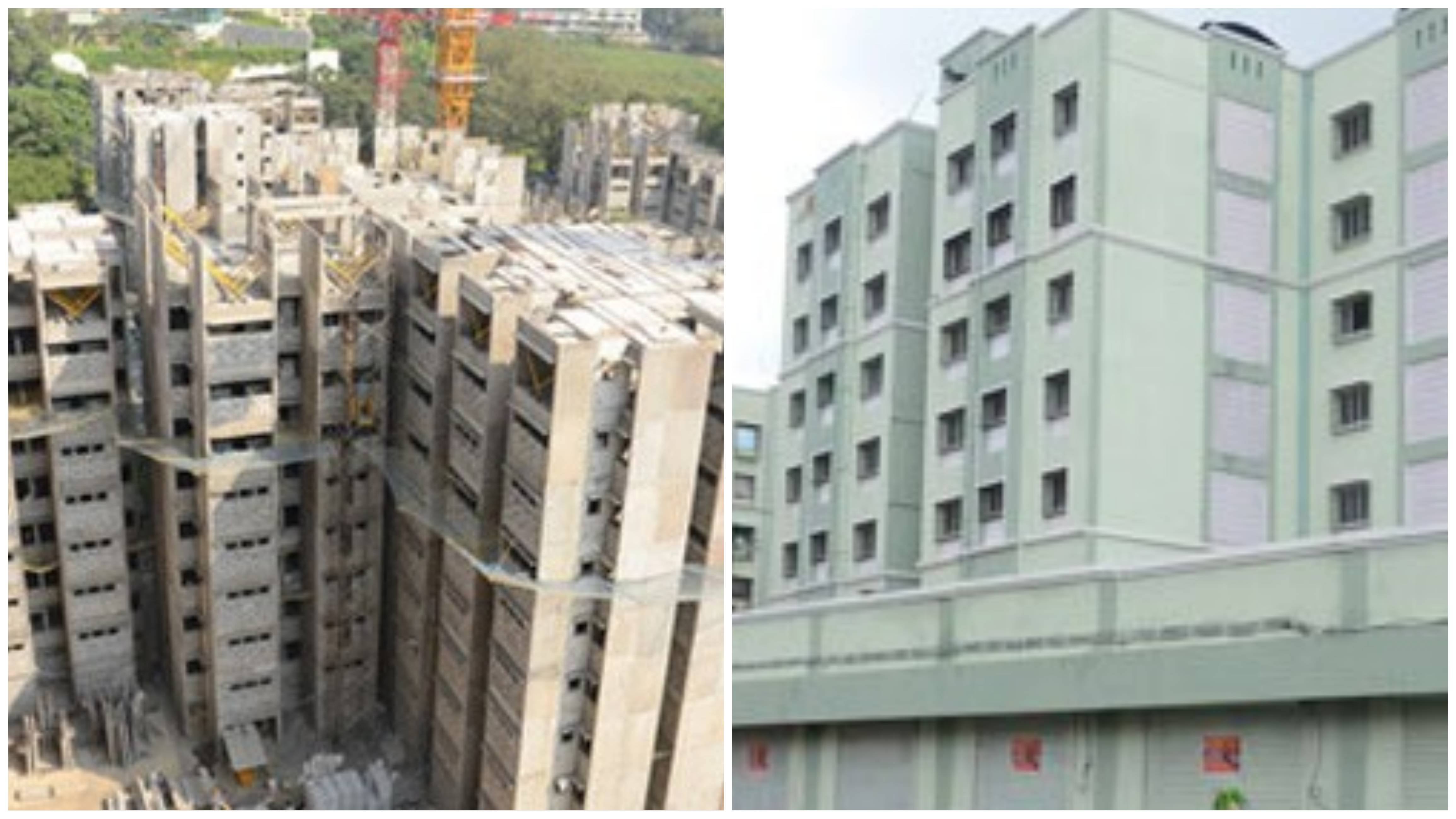


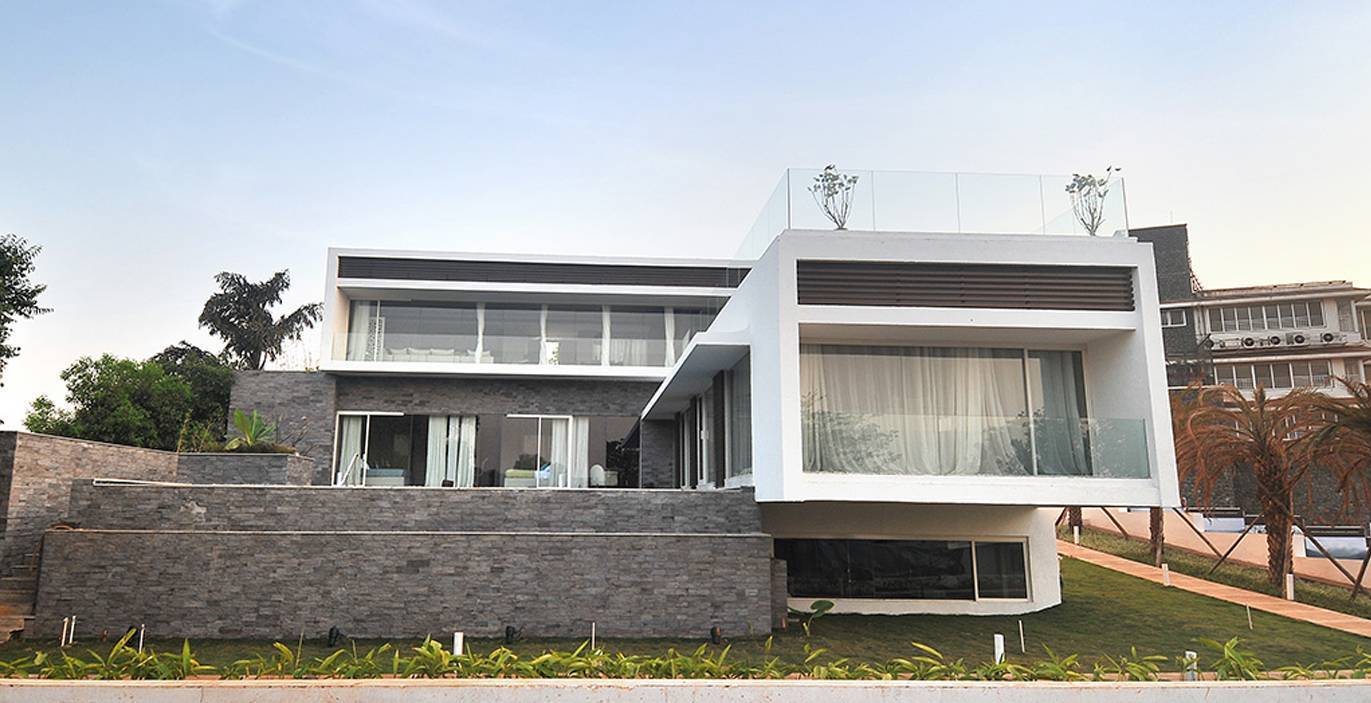

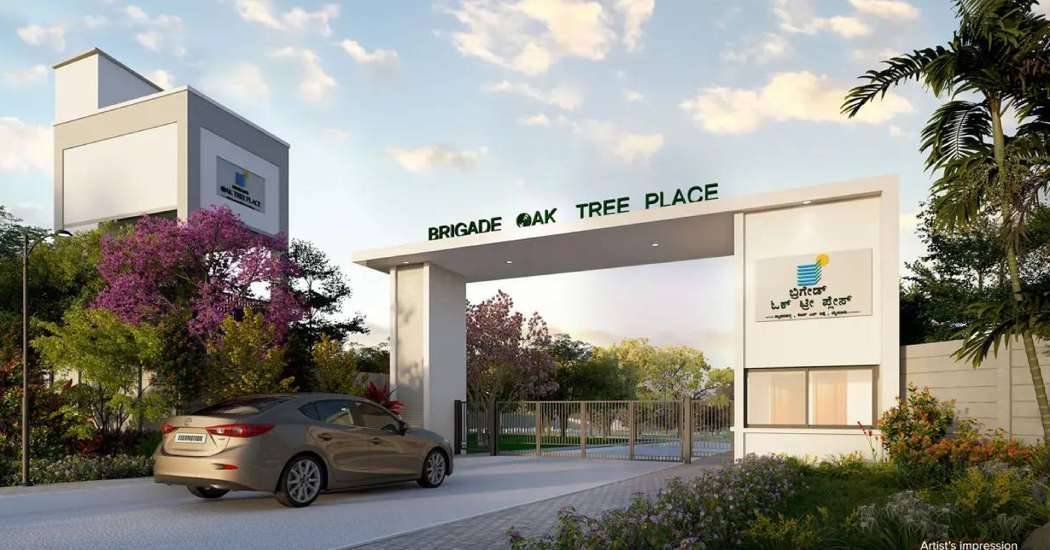
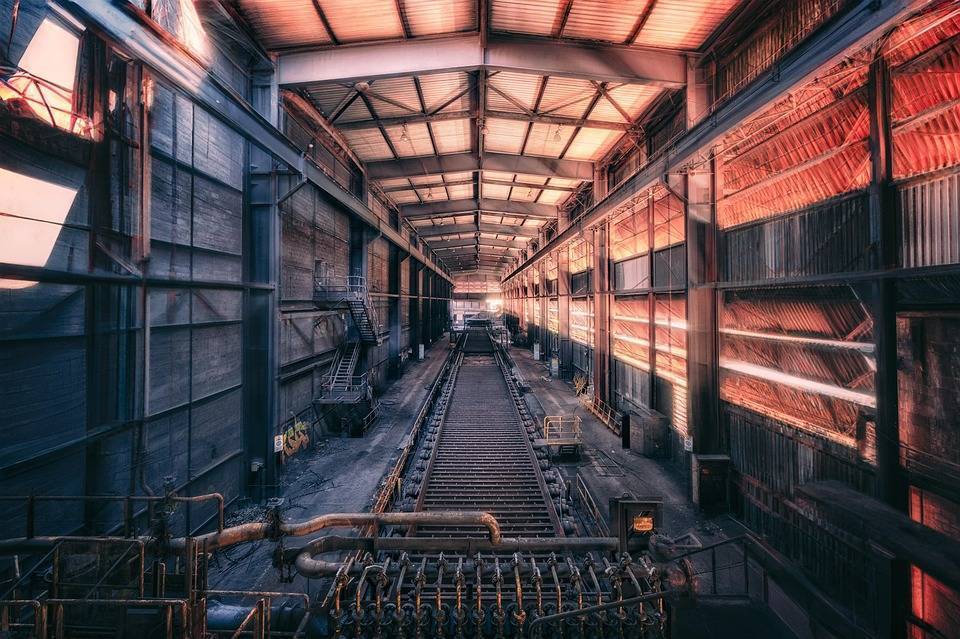
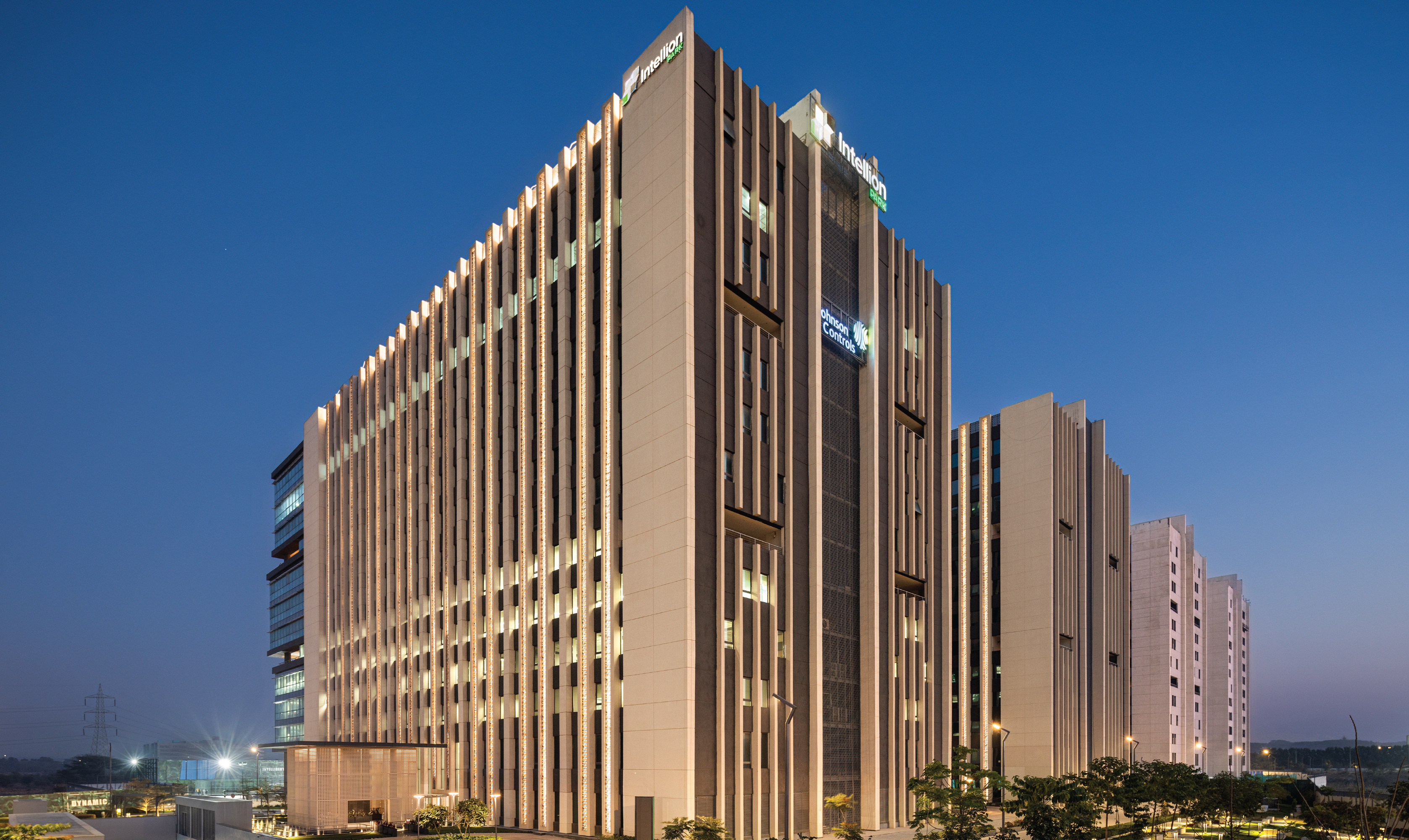
.png)